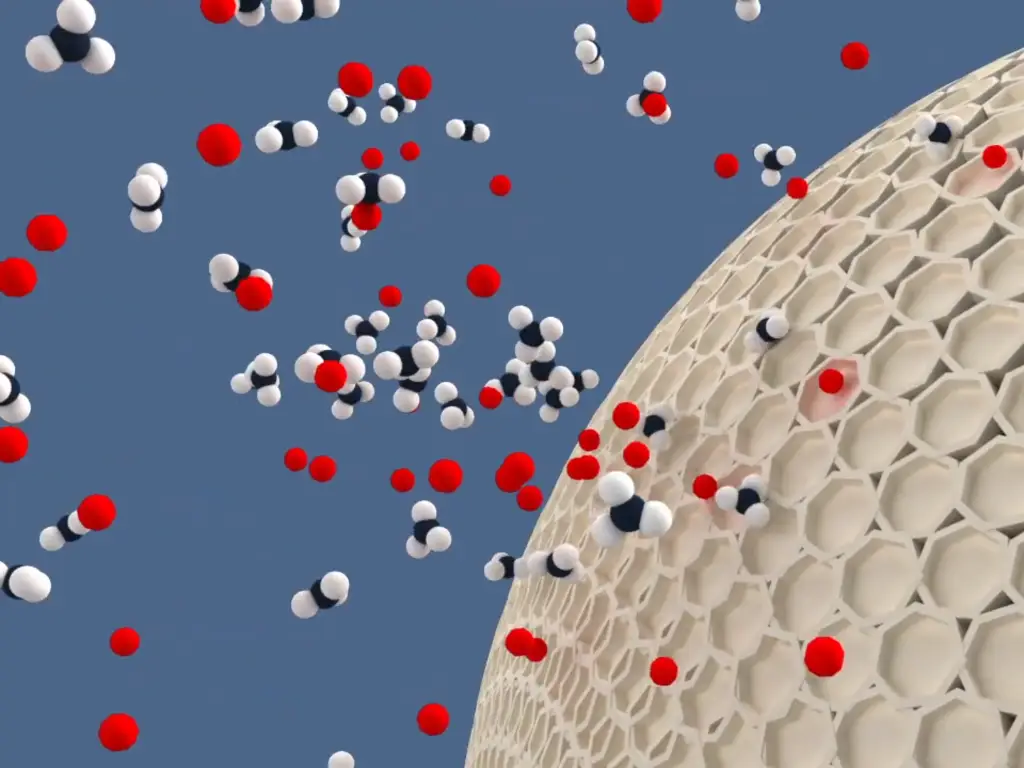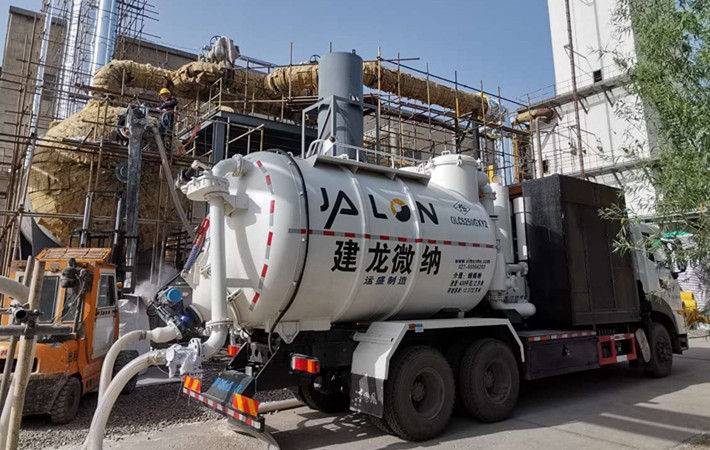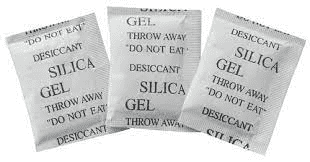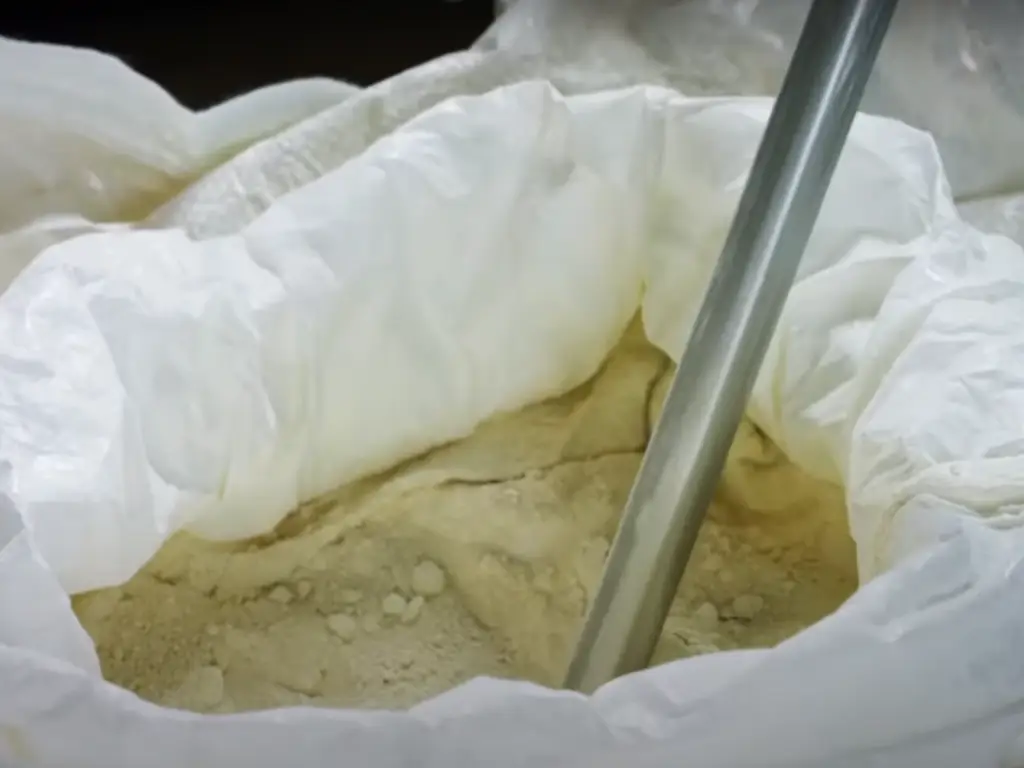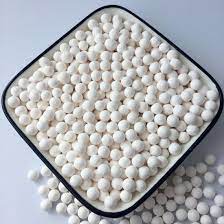Source: https://www.pinterest.com/
Oxygen is a very important gas, as it has been demonstrated in the ongoing pandemic where the demand for oxygen tanks has been very high. Oxygen occurs naturally in the air, but that is not the purest form. It is mixed up with other gases like nitrogen, carbon dioxide, innate games, and water vapor. This can pose a challenge when pure oxygen is needed, as that will require a special method to be used to separate all these gases from oxygen. This is where an oxygen concentrator comes in.
We are going to explore what an oxygen concentrator is, the best zeolite filters, how it functions, the components needed to make things work, the materials used, the applications in the real world, the benefits and the challenges that one would expect when setting up this system. If you are looking to add more knowledge on oxygen concentrators, then you are in the right place.
What is an Oxygen Concentrator?
Source: https://www.pinterest.com/
If you walk into any hospital right now, you will be met with rows of comatose patients on their beds with ventilators and oxygen tanks beside their beds. One of the side effects of COVID-19 has been the deprivation of oxygen due to extensive damage to the lungs. These tanks rely on oxygen concentrators to supply clean oxygen to the patients in the safest way.
For the oxygen to be separated from other gases to make it pure to that level, you will need the help of zeolite filters that are designed for working with oxygen concentrators. These filters are what separate the gases from each other, getting rid of nitrogen, carbon dioxide, and water vapor to leave behind clean oxygen for medical use.
Types of Oxygen Concentrators
Source: https://www.pinterest.com/
There are two main types of oxygen concentrators that are used widely in medical circles and beyond. Both of these types are designed in their own unique way that enables them to execute their functions perfectly. They include the following.
- Continuous Flow Concentrator: This is a type of oxygen concentrator that supplies the same oxygen flow for the duration that it is used for until it is turned off. This constant flow comes in handy when the patient is in dire need of certain amounts of oxygen that can then be calibrated to maintain a certain flow.
- Pulse Dose: These are the advanced types of oxygen concentrators that are able to automatically detect the breathing rates of the patient and adjust the flow accordingly. This makes them a very, very reliable type of concentrator that is ideal for critically patients who need to be monitored.
How an Oxygen Concentrator Functions
Source: https://www.pinterest.com/
Unlike the regular oxygen tanks that come pre-filled to the hospital after being packaged in a factory, oxygen concentrators are equipped with an operational mechanism that converts natural air into clean and pure oxygen on the spot for the patient. This ensures that there’s no limit to the supply of oxygen, and this increases the chances of the patient surviving.
So how does this device work?
A regular oxygen concentrator works by using the Pressure Swing Adsorption technology. This simple mechanism works by taking in oxygen through a set of air blowers. The air is blown over zeolite filters where nitrogen, carbon dioxide, and traces of moisture are adsorbed. This leaves behind oxygen-enriched gas that is then released directly for the patient to use in real-time.
Inside the concentrator, you will find molecular sieves that are lined with zeolites that take on the role of adsorbing any unwanted gas or material from the aspiring air. It is effectively a nitrogen scrubber since nitrogen is the most abundant gas in the atmosphere. Once the gas passes over the zeolite scrubber, only oxygen is left behind.
The zeolites are set to adsorb high quantities of nitrogen when the pressure inside the concentrator is raised. This is a role that is also aided by the fact that the zeolite scrubber has a very large surface area that makes it easy for huge amounts of nitrogen to be adsorbed from the passing air. The molecular sieves have very porous zeolites that act as the filter for nitrogen molecules.
Why Zeolite Molecular Sieves are Preferred for Oxygen Concentrators
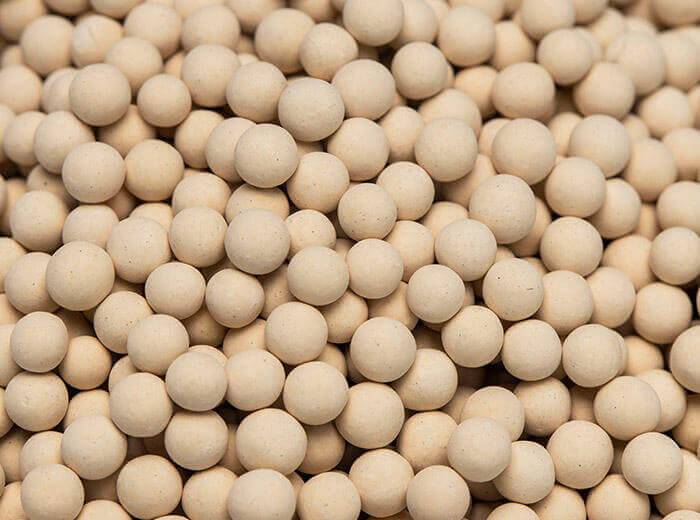
Source: http://www.jalonzeolite.com
There are very many options that can be used in place of zeolite molecular sieves to clean the air off the impurities to leave behind pure oxygen. But zeolite sieves are preferred due to the following reasons.
- They can be used in powdery form, and this increases their efficiency when it comes to adsorbing gas molecules in enlarged quantities. This makes them the best option when handling a large-scale operation.
- They can be regenerated repeatedly when they hit their saturation limit. This makes them cost-effective as they can be reused for so long without compromising the quality of the resulting oxygen.
- They are able to function in extreme conditions of high temperature and pressure without causing any side effects in the process. Most of the other alternatives start to produce other gases when subjected to high temperatures, contaminating the oxygen.
- They are highly porous, and this makes it easy for them to absorb all the other gases. This comes in very handy when dealing with nitrogen as that’s the most abundant gas that requires proper adsorption.
- They can be used on materials other than gases. Zeolite is versatile enough to be used for ethanol dehydration, purification of hydrogen sulfide, among other important industrial applications that are used in making important products.
- Zeolites are able to accurately distinguish and discriminate the various gas molecules based on their sizes. This is one of the features that make the use of zeolite molecular sieves a very reliable;e option for large-scale manufacturers. This reduces the work that would have been needed to keep separating gases through a very costly and energy-consuming process.
- Speaking of energy, zeolite molecular sieves are very cost-efficient as they don’t require a lot of energy for them to handle their work sufficiently. This makes them a cheap option for beginners as well as large-scale gas generators who are dealing with large gas volumes.
Things to Consider when Choosing a Zeolite Filter
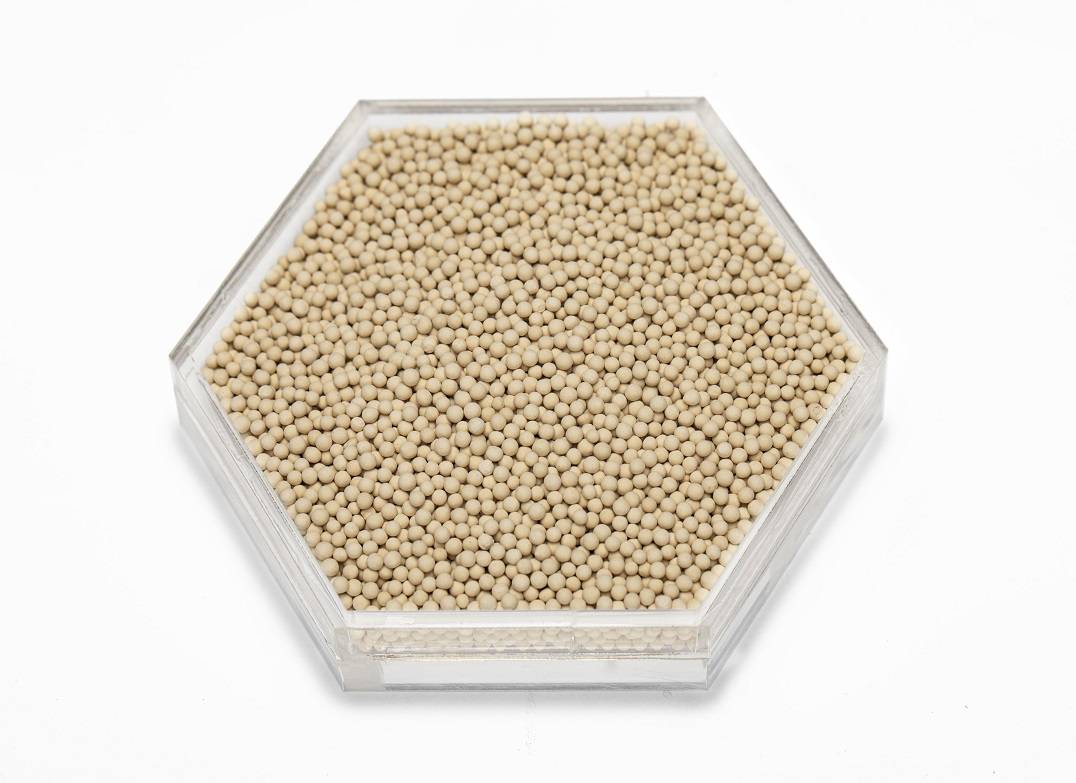
Source: https://www.jalonzeolite.com/product-item/13x-molecular-sieve/
When it comes to oxygen concentrators, care has to be taken that no contamination passes through. The reason here is pretty simple, the pure oxygen that is generated is used for medical purposes where life and death are the stakes, so there’s no room for mistakes. When it comes to making a choice for zeolite filters to ensure in the concentrators, you have to consider the following factors.
- Regeneration Ability: This is very important and a deal-breaker if you intend to save on the operational cost. A good zeolite molecular sieve must be able to regenerate once it has reached its saturation limit. This is to enable it to be used over and over again for a number of purification processes.
- Type of System: There are two main systems that are used to generate and separate gases of this kind. It can either be a VPSA or PSA system. Each has its own way of functioning and comes with unique benefits and challenges. Take your time checking them out both to weigh your opinions before going with the one that will suit your needs the best.
- The scale of Operation: The size of the operation should determine the amount and type of zeolite filters you will be putting to use. A large oxygen concentrator will require more zeolite sieves compared to a smaller one and vice versa. Therefore, figure out the scale of your operation before settling down on an option.
- Type of Molecular Sieve: There are about two main types of zeolite molecular sieves that are widely used in purifying air using oxygen concentrators. You can either go with the sodium type or the lithium type. Lithium molecular sieves are more efficient than sodium sieves as they are smaller but have very large surface areas and are more porous. This makes it easy to fit them in portable concentrators. However, the sodium type is cheaper and easier to find than the latter.
- The Manufacturer: Zeolite molecular sieves may look and function the same at face value, but they are never on the same level. Depending on the manner in which they are manufactured, they could either be very efficient or barely able to get the jobs done. Take your time checking out the brands that exist in the market before settling down on the one zeolite manufacturer that creates high-quality molecular sieves that will last you ages.
- Level of Purity: Oxygen is considered pure and safe for medical use if it can attain over 90% in terms of purity. But there are some zeolite filters that are so efficient to the point they can push the purity levels to over 96%. The higher the purity level, the more the applications, especially in the medical field.
- Machine Compatibility: Since PSA and VPSA systems can be used for virtually producing the same type of oxygen, the filter material should be compatible with both systems on any machine they are used in. This gives you options when it comes to deciding which system to go with.
How to Handle Zeolite Filters

Source: https://www.jalonzeolite.com/products/#zeolite-powder
There are some safety guidelines that one has to pay close attention to when it comes to handling zeolite molecular sieves that are used in important processes like the generation and separation of gases. These guidelines include the following.
- Anyone handling the loading, unloading, and insertion of the zeolite molecular sieves into the concentrators should wear protective gear from head to toe. An oxygen mask is especially very important.
- The molecular sieves should not be exposed to the air before they are loaded into the concentrators. This is because they have a very high absorption capacity, and once they come into contact with air, they will immediately start taking in moisture and carbon dioxide, and that will lead to contamination and the filters hitting their saturation limit faster.
- The chambers inside the oxygen concentrators must be cleaned and dried out properly before the zeolite molecular sieves are loaded. This is for the purpose of reducing the chances of contamination.
- When loading the zeolite molecular sieve material into the concentrators, make sure the process is done very quickly and the lids closed immediately. This is to limit the amount of time the zeolite filters are in contact with air, as that will cause them to start absorbing moisture and carbon dioxide before they start their work.
Buying an Oxygen Concentrator: Things to Keep in Mind
Having figured out how the zeolite filter works inside an oxygen concentrator and the things you have to keep an eye out for when choosing the molecular sieves to use in the process, you also have to make the right choice when buying an oxygen concentrator.
There are so many brands that exist out there, and it’s hard to keep track of the features. However, to make your search easier, the following are the considerations you have to pay heed to.
Flow Rate
Source: https://www.pinterest.com/
The flow rate is a very important factor as it determines the consistency and speed at which the oxygen is supplied to the patient. Each patient requires their own flow rate that is tailored to their needs and the state they are in. This is something that is typically decided upon by the doctor, but the availability of that capability is what sets a good oxygen concentrator apart from the unreliable ones.
Common flow rates in most OCs range from 250mm – 750mm per minute. When selecting an oxygen concentrator for your needs or for a patient, be in the know about their flow rates to help you get the right settings for the best results.
The Type
Source: https://www.pinterest.com/
You have two options to choose from; Continuous Flow and Pulse Dose. The latter is more of a manual setup and requires accurate calibration by someone who understands how oxygen concentrators work. Pulse Dose, on the other hand, is more automated and more reliable as it can make informed decisions based on the state of the patient.
Portability
Source: https://www.pinterest.com/
By the time there’s a need for an oxygen concentrator at a hospital, for example, it usually means that the patient has reached critical condition and needs immediate help. This calls for a quick setup that needs to be done in record time to save a life. Therefore, the oxygen concentrator has to be portable enough to be carried around and rushed to the ER.
The overall weight of the average OC depends on a number of factors, with accessories being the biggest influence. Automated concentrators will be a little heavier as they are equipped with extra parts that add to the functionality.
Generally, an oxygen concentrator weighs between 5 lbs to 10 lbs. The lighter ones have to sacrifice some functionalities like higher flow rates for them to be within the weight limit that makes it easy for them to be carried around easily.
Oxygen Concentration
Source: https://www.pinterest.com/
The purity level of the oxygen produced is very important. The entire purpose of an oxygen concentrator is to clean regular air by getting rid of nitrogen, carbon dioxide, and water to leave behind pure oxygen. The OC must have the capacity to at least clean the air to a level where the purity of the oxygen produced ranges above 90%.
A good number of oxygen concentrators have purity capabilities that range between 87% and 99%. The ones with higher purity levels are designed for emergency situations, while the lower ones can be used by patients who are not that critical.
Noise Levels
Source: https://www.pinterest.com/
Convenient as they may be, oxygen concentrators are not very silent when they are needed to be. Having the ability to clean air on the sport comes with the unfortunate side effect of the machine causing significant noise by constant whirring.
However, there are some types that are designed to minimize the production of that noise as much as possible. If you feel like the noise will be a problem, then be ready to spend extra on getting an oxygen concentrator that suppresses the noise to some level that makes it comfortable for use in any closed room.
Silent OCs cost a lot more than regular ones, and they use more power as they are equipped with extra accessories that help then reduce the noise generated when the oxygen concentrator is at full operational capacity.
Power Consumption
Source: https://www.pinterest.com/
Oxygen concentrators are designed to run for a very long time without any interruptions. For the process to continue taking in air, cleaning it, and sending the pure oxygen to the patient to take place like this, power is required. Most come with regular power outlets that can be plugged anywhere with a wall socket. However, the power consumption is not the same across the board.
You need to find an OC that has a low power consumption that will allow the concentrator to run for a very long time without you having to worry about electricity bills. Ultimately, the oxygen needs of a patient are determined by the doctor, and anything that is decided has to be followed like law. Consider going for concentrators that use batteries too for emergency situations when there’s a power failure.
Warranty
Source: https://www.google.com
Every manufacturer has its own warranty cover. When you think of the amount of work these machines are put through, you are looking at a lot of moving parts and constant use that’s bound to have an effect on the machine. Therefore, you need to go with a manufacturer who offers you a long warranty coverage that will help protect you from any accidental damage or malfunction. Look at every warranty policy and review it sufficiently to ensure you are getting the best deal.
Additional Features
Source: https://www.pinterest.com/
You should also look at the extra features that the oxygen concentrator comes with. Some are so advanced that they are able to handle things on their own and can even be synced with a smartphone app for better operations. You should also look at features like telehealth which allows the doctor to set up the OC without being in the same room as the patient through a monitor. Such features should play a huge role in helping you determine what to go with.
Benefits and Limitations of Oxygen Concentrators
Source: https://www.pinterest.com/
Oxygen concentrators have transformed the health industry and how healthcare is administered. This has created a lot of benefits for the people who have had the chance to use them. At the same time, they do come with their own shortcomings. Both are discussed in detail below.
Benefits
- They are easy to set up and use, and most of the modern designs come without any wire. This makes them very easy to operate, even for someone who may not have any expertise in handling them on their own. Some even come with beeping mechanisms that give you an alert if you are doing something the wrong way.
- They are portable and easy to carry around. Some are so small they can even be fit in a backpack allowing the patient to walk around while still connected to the concentrator. This level of convenience has made it easy for patients who had to be confined to a bed to gain mobility.
- They can be customized to fit your exact needs and add some convenience to your life. When you are suffering from chronic diseases that require you to be on oxygen for a good part of the day, having a portable device around you makes things much easier.
- It increases stamina by giving your body the much-needed oxygen for generating energy and the portability that gives you the mobility to do what you want without risking your health in any way.
Limitations
- They are very expensive. The convenience they bring to the table comes at a very steep price. On average, the most basic oxygen concentrator will set you back as much as $2,300. Most insurance companies don’t cover them either, and this means that patients have to get them out of pocket.
- They can be very noisy. The constant whirring may get on your nerves eventually and cause a lot of distress, especially if you are using it in close quarters. The silent ones are extremely expensive and not worth it at times.
Conclusion
Oxygen concentrators are very important in the modern world, and the zeolite filters that are used to ensure that they function as designed are things that continue to shape the medical world. There are many variations that exist out there that you can check out in your free time. If you are interested to learn more on this subject, then check out our website and have all your questions answered by our team of experts.

